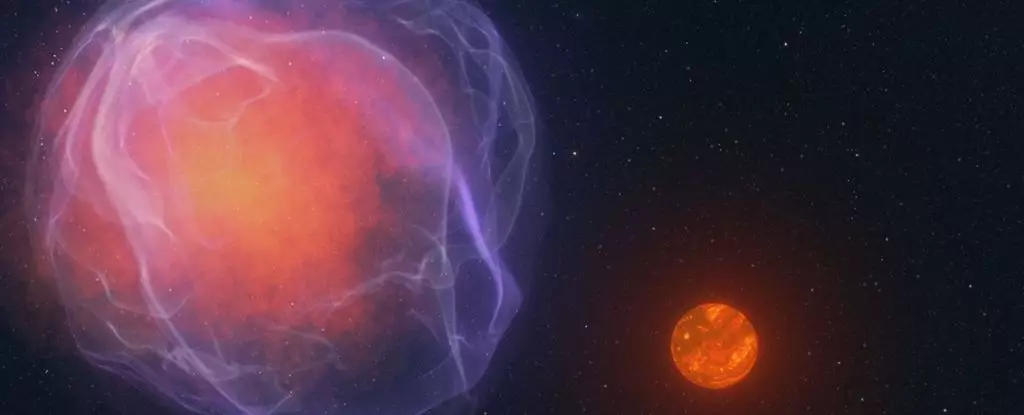In the vast expanse of the Milky Way, most stars adhere to predictable and stable orbits around the galactic center. However, there are rare exceptions – hypervelocity stars that defy the norm by hurtling through space at incredible speeds. One such stellar outlier is CWISE J124909+362116.0, also known as J1249+36. This particular star not only surpasses the galactic escape velocity at a staggering 600 kilometers per second but also belongs to a unique class of stars – L subdwarfs, making it one of the oldest stars in our galaxy. The discovery of J1249+36 raises intriguing questions for astronomers regarding its origin and velocity.
Possible Explanations
The recent sighting of J1249+36 has prompted researchers to delve into various hypotheses to explain its exceptional speed. One plausible scenario involves the star being expelled from a binary system that included a white dwarf companion. White dwarfs, remnants of dead stars, can become unstable when in close proximity to another star. If the white dwarf gains excess mass, it can undergo a Type Ia supernova, ejecting its companion star at high speeds. While this theory is plausible, it lacks definitive proof due to the absence of the white dwarf and the remnants of the explosion.
Another theory suggests that J1249+36 might have originated from a globular cluster, densely packed regions containing millions of stars. Interactions within these clusters, particularly with black hole binary pairs, can propel a star out of the cluster and into intergalactic space. However, tracing the star’s trajectory has not yet pinpointed a specific globular cluster as its source.
Alternatively, there is speculation that J1249+36 may have extragalactic origins, possibly originating from one of the Milky Way’s satellite dwarf galaxies. Previous studies have proposed this idea, and calculations indicate the plausibility of such a scenario. To determine the star’s true origin, further analysis of its chemical composition is essential. By examining trace elements or compositional properties, researchers hope to unravel the mystery of J1249+36’s cosmic journey.
Implications and Future Research
The discovery of J1249+36 at the American Astronomical Society Meeting has opened new avenues for research into hypervelocity stars and their enigmatic origins. By studying unique stellar specimens like J1249+36, astronomers gain insights into the dynamic processes shaping our galaxy and the broader universe. The quest to understand the cosmic outliers like J1249+36 continues to fuel curiosity and exploration in the field of astrophysics.
The discovery of the hypervelocity star J1249+36 challenges existing paradigms and prompts a reevaluation of our understanding of stellar evolution and galactic dynamics. As scientists continue to unravel the mysteries of the cosmos, each new discovery brings us closer to unlocking the secrets of the universe and our place within it. The journey of J1249+36 serves as a reminder of the boundless wonders that await exploration in the celestial expanse.


Leave a Reply